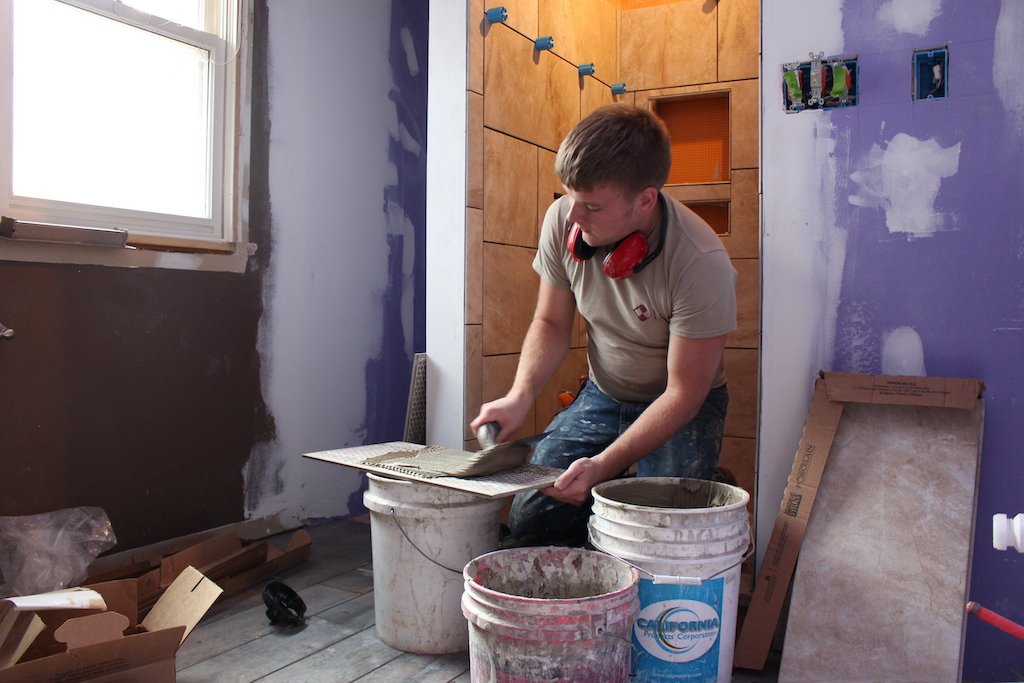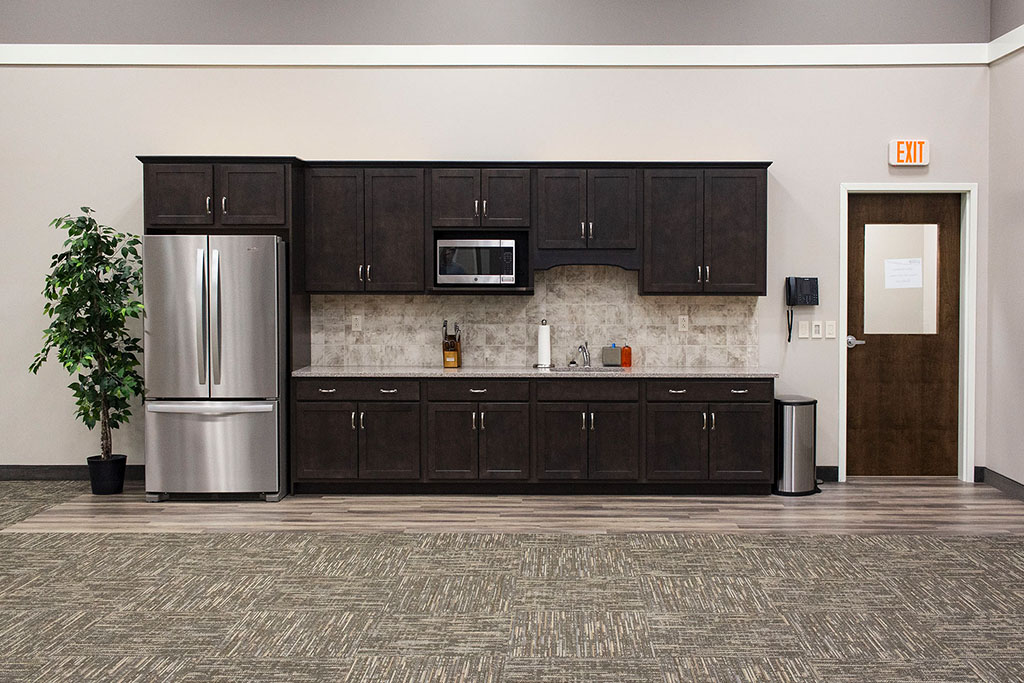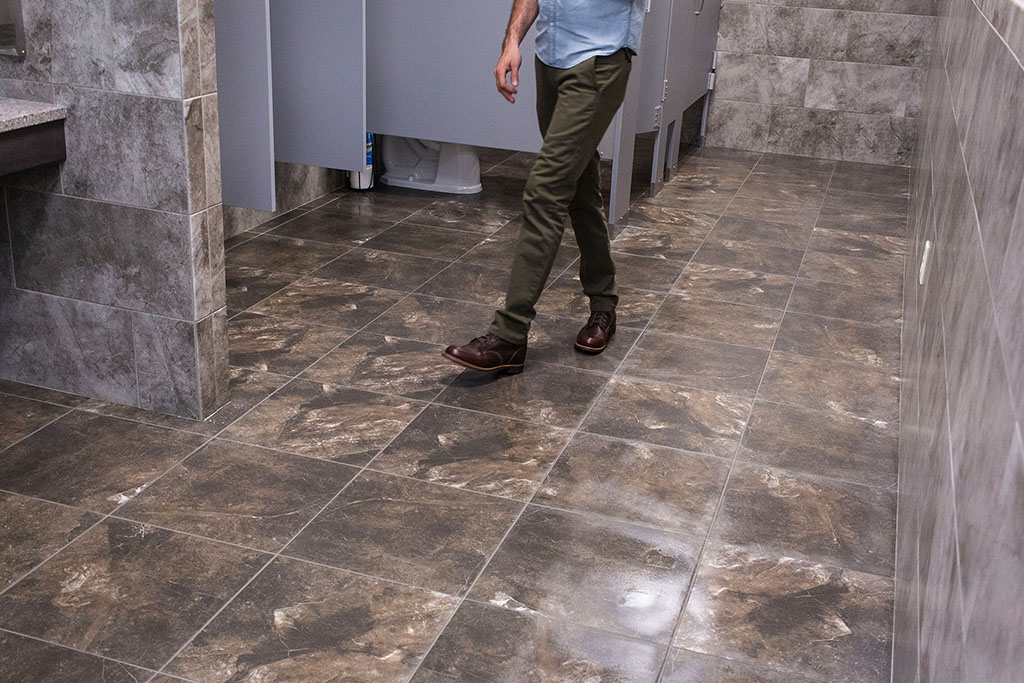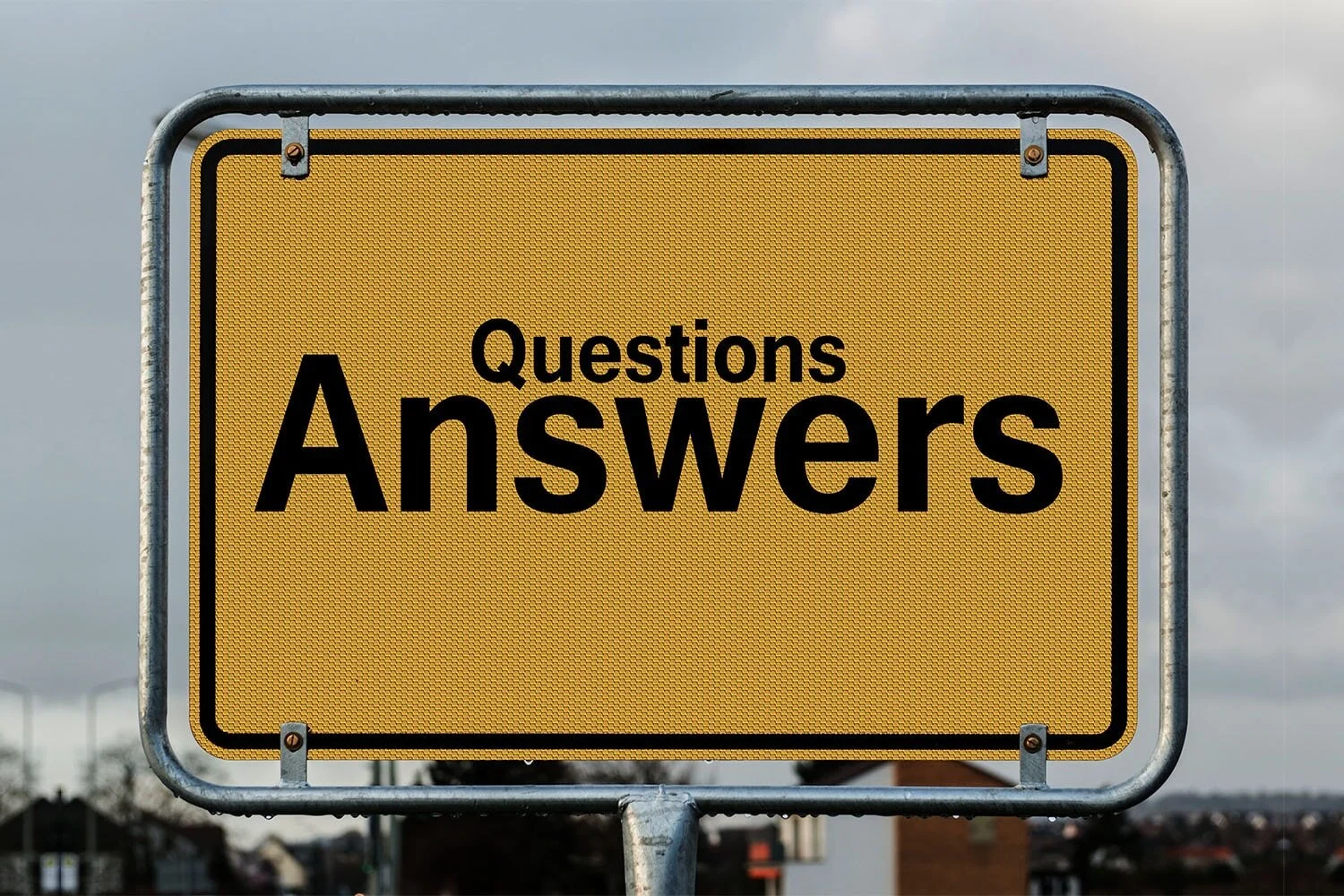We Are Hiring // Tile Installation Technicians
/We Are Hiring
We’re in search of self-motivated tile installers who are passionate about what they do. These flooring technicians need to be skilled in floor tile, wall tile, backsplashes, showers, and Schluter Waterproof Systems.
At D&S, we are committed to our craft, customers and employees, and because there has been such a high demand for our work, we need more quality team members to help us meet the need. Those who have worked with us will tell you, we do everything in our power as a company to support and promote our installation team. Between the monthly meetings and a boss who has spent more than a decade installing himself, there’s a lot of respect and understanding for our flooring technicians. We would love for you to be a part of our team!
Requirements
5 years of Installation Experience
Respectful to all
Strong work ethic
Excellent craftsmanship
Be able to work independently and in a team
Valid Driver's License






































